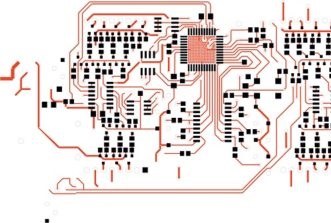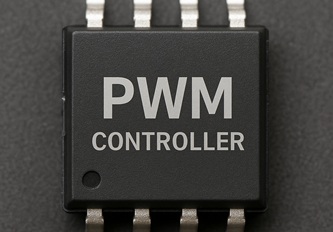Siemens enhances automation workflow with TIA Portal V21
Siemens has recently unveiled TIA Portal V21, the latest iteration of its engineering framework tailored to enhance flexibility, automation efficiency, and system uptime in contemporary industrial facilities. This new version is specifically designed to assist manufacturers in managing shorter product cycles and a wider array of product variants. It integrates improved development workflows with features that promote plant-wide data transparency.
One of the standout aspects of this update is its alignment with software development best practices, particularly in terms of Git-based version control and digital twin workflows. These are considered key trends that are shaping the future of factory automation, bringing industrial automation closer to the realm of modern software development.
Focus on engineering efficiency
TIA Portal V21 represents Siemens’ continued commitment to what it refers to as software-defined automation. This concept involves consolidating automation engineering, simulation, visualization, and deployment models within a unified framework. The platform now offers support for flexible deployment options, whether on-premises, through subscription, or in the cloud, all while maintaining a consistent user interface across different tools.
A notable addition in the V21 release is a new export format that enables seamless integration of projects with standard version control systems like Git. This empowers engineering teams to implement continuous integration (CI) practices in PLC programming workflows. The feature covers various STEP 7 languages and data structures, enhancing project development cycles, traceability, and collaboration among distributed engineering teams.
Siemens emphasizes that this approach not only streamlines project development but also facilitates easier rollback and parallel development, reflecting the convergence of operational technology (OT) and information technology (IT) processes. Horst Kayser, CEO of Factory Automation at Siemens Digital Industries, highlighted the benefits, stating, “With TIA Portal V21, we are accelerating the transition to software-defined automation, shortening development cycles and ensuring high plant availability to meet evolving market demands.”
Higher availability with SCADA redundancy
Enhancing plant uptime is a key objective of the V21 release. Siemens has introduced support for redundant server architectures in WinCC Unified-based SCADA systems, enabling uninterrupted operation even in the event of server failures. This feature is particularly beneficial for industries where downtime poses significant production or safety risks.
The WinCC Unified Data Hub serves as a central repository, gathering and storing production data, event messages, and audit trails from multiple WinCC Unified PC runtimes. This centralized data hub promotes plant-wide data transparency over extended periods, aiding in traceability, diagnostic analysis, and compliance reporting.
By incorporating OT/IT integration and digital twin support within the environment, TIA Portal V21 signals a shift towards a more agile and software-centric approach to industrial automation. This direction is expected to play a crucial role as factories strive to modernize and adapt to evolving workforce and supply chain dynamics.














